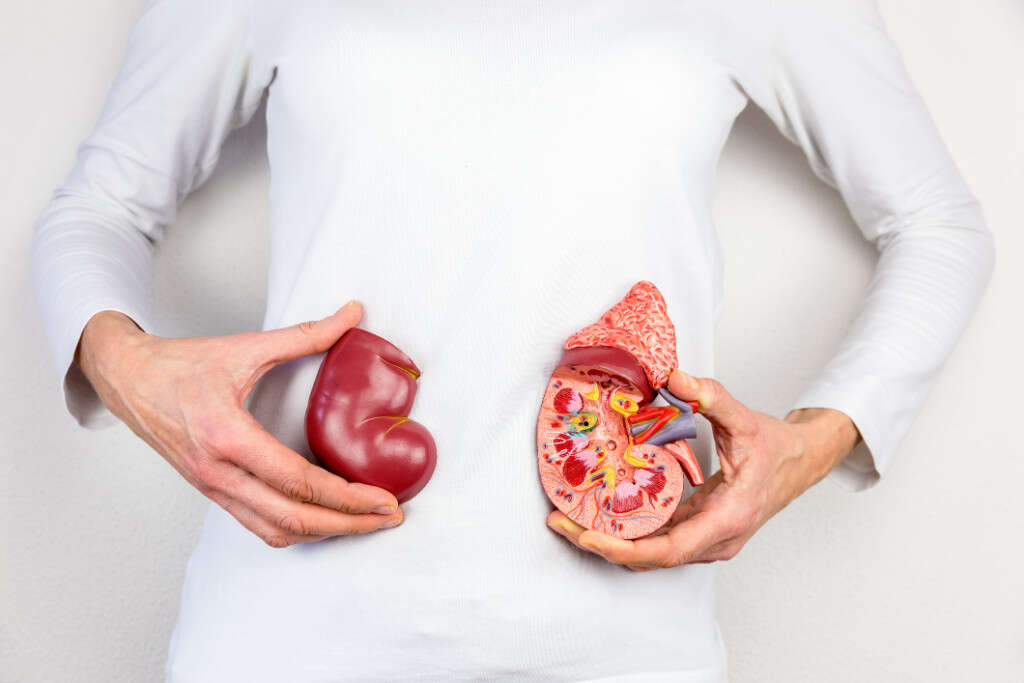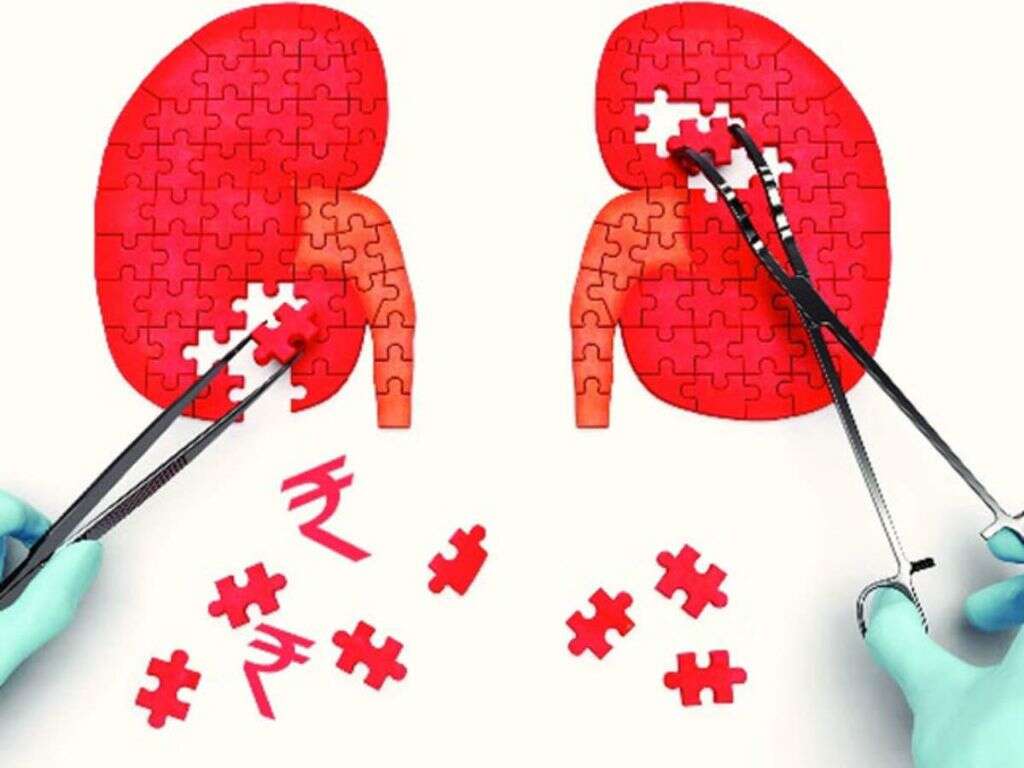10 Causes of Bladder Infection
Urinary tract infections (UTIs) are extremely common and account for as many as 6 million visits to the doctor annually in the United States. Most UTIs are bladder infections, which are also known as cystitis. Some of the pathogens responsible for UTIs are Escherichia coli, Proteus mirabilis, Staphylococcus saprophyticus, Enterococcus faecalis, and Klebsiella pneumonia. Some of the signs and symptoms that patients may experience are increased urinary frequency, urinary urgency, dysuria, bladder fullness, lower abdominal discomfort, flank pain, suprapubic tenderness, costovertebral angle tenderness, blood in the urine, malaise, fever, chills, and more.
Urine culture is still considered the main standard for the diagnosis of a UTI. In a bladder infection, oral antibiotics that are effective is the best treatment. Examples include nitrofurantoin monohydrate, fosfomycin, and trimethoprim sulfamethoxazole.
It has been estimated that about 20 percent of women will develop at least one UTI. Generally, the three main mechanisms for the development of UTIs include colonization of pathogens with ascending spread, peri-urogenital spread, and hematogenous spread.

Cause #1: Feminine Products
Some feminine products such as intimate washes, intimate wipes, vaginal cleansers, moisturizing creams, douches, and lubes have been found to increase the risk of UTIs as they disrupt the balance of vaginal microbiomes.
Experts have also warned that these imbalances can further result in bacterial vaginosis, reduced fertility, and an increased risk for sexually transmitted diseases.

Cause #2: Kidney Stones
Kidney stones refer to the presence of solid material in the urinary tract. This material usually exits the body via the urinary tract. Although small stones cause little to no symptoms, stones that are bigger than 5 millimeters may cause blockage in the ureter resulting in severe loin or groin pain, lower back pain, nausea, vomiting, blood in the urine, dysuria, and more.
Some of the risk factors of kidney stones include obesity, dehydration, high urine calcium levels, and more. When a stone causes obstruction, a UTI may occur as it enables the growth of bacteria in the accumulated urine.

Cause #3: Vesicoureteral Reflux
Vesicoureteral reflux is a condition where there is backflow of urine from the bladder up toward the ureters and kidneys. Normally, the urine flows from the kidneys through the ureters to the bladder. The presence of a valve in the ureteral bladder junction helps to stop the backflow of urine.
About 50 percent of children with vesicoureteral reflux have mild to no symptoms. However, vesicoureteral reflux increases the likelihood of kidney and bladder infections. In many cases, the development of UTIs may prompt the investigation of vesicoureteral reflux among children.

Cause #4: Dehydration
Dehydration refers to the excessive loss of fluids compared to fluid intake. Although some studies were unable to find the connection between a UTI and dehydration, it has been theorized that dehydration results in decreased urine output.
Since the act of urination helps to flush out bacteria from the urethra, the decreased urine output allows the colonization and ascent of bacteria in the urethra resulting in a UTI. Depending on the activity level, climate, and other factors, the recommended fluid intake for a normal individual is about 8 glasses of water.

Cause #5: Catheterization
In the hospital setting, catheterization is one of the commonest procedures that can cause a UTI. Catheterization refers to the insertion of a tube through the urethra into the bladder to help the drainage of urine from the bladder into the bag.
It may be a necessity in certain situations such as surgery, the need to monitor the production of urine, or for patients who are unable to control their bladder. The symptoms of a UTI for a catheter-related UTI are strong urine odor, bloody or cloudy urine, fever, chills, vomiting, and suprapubic discomfort.

Cause #6: Intercourse
Sexual intercourse is a common cause of UTIs as it introduces bacteria into the urinary tract. Intercourse increases the likelihood for the urethra to come into contact with bacteria from other parts of the body such as the anus. Once the bacteria enter the urethra, they move upward to the bladder causing a bladder infection. In advanced cases, it may involve the kidneys resulting in pyelonephritis.
Approximately 80 percent of premenopausal women with a UTI have been observed to have had sex in the previous 24 hours. Women who first become sexually active or have a new partner also have a higher risk of a UTI.

Cause #7: Birth Control
Some birth control methods have been observed to increase the risk of a UTI. Women who are using spermicide lubricated condoms, spermicide, or a diaphragm as a method of birth control may have a higher risk of UTI as these methods contribute to bacterial growth. It is therefore recommended that women who have frequent episodes of UTIs and are using these methods of birth control should consider switching their contraceptive methods to assess for potential improvements.
Some advice that is routinely recommended (although unproven by scientific data) includes avoiding tight clothing, wearing cotton underwear, and taking showers instead of baths.

Cause #8: Constipation
Constipation causes a higher pressure on the bladder which prevents the complete emptying of the bladder, allowing for bacterial growth in the urine that is left in the bladder. The higher pressure can also result in backflow of urine from the urethra to the bladder.
It may be beneficial for patients who have constipation and frequent UTI episodes to try to resolve their constipation issues to see if it lowers the frequency of UTIs.

Cause #9: Diabetes
Since diabetics have an immune system that is less effective, they also have a higher likelihood of infections such as a UTI. The higher urine glucose content also encourages the growth of bacteria. Those with uncontrolled diabetes have a higher blood glucose content which causes neutrophil dysfunction due to the higher levels of calcium that interfere with their function.
The potential development of renal complications such as nephropathy also tends to increase the risk, severity, and frequency of UTI episodes.

Cause #10: Holding It In
There is a reason why we should always heed the call of nature. It has been shown that those who hold their urge to pee have a higher risk of UTIs due to the increased intervals between urination as it allows the bacteria in the urethra to colonize and move up into the bladder causing a bladder infection.
The retention of urine in the bladder for a longer period of time also allows the bacteria to grow. Holding in pee also weakens the bladder muscles which increases the likelihood of urinary retention in the future.











